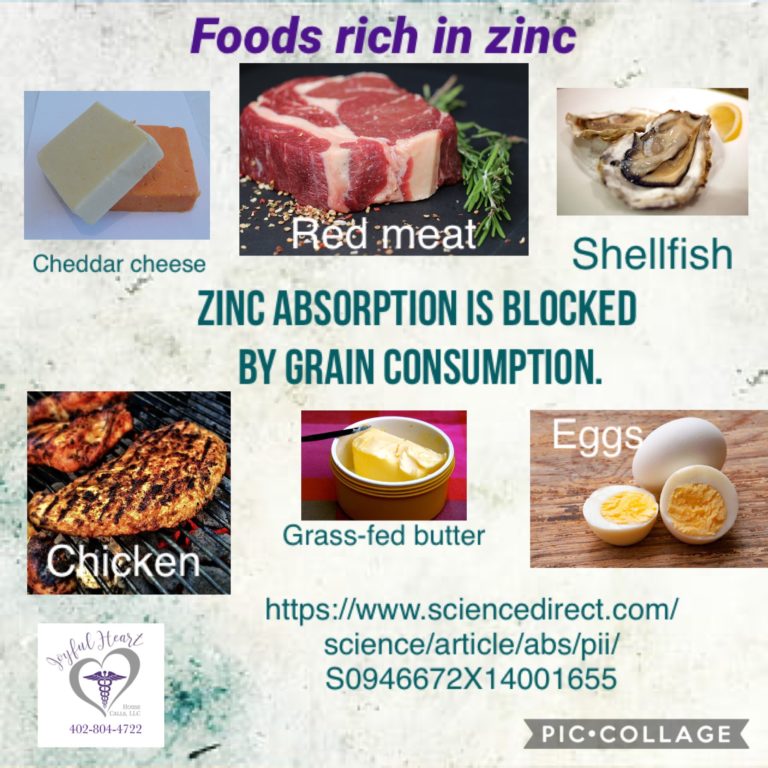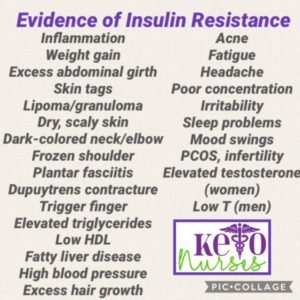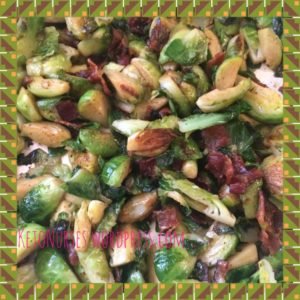10 Facts You MUST Know About Grains
Whole grains, like wheat, corn, and oats, have been touted for many years as healthy and nutritious, but over the past decade, grains have come under attack. Are whole grains healthy or not? If not, what makes them unhealthy? Looking back over history, grains were never a major source of calories or nutrition until the industrial revolution was able to offer machines for planting, harvesting and processing. Early Americans rarely enjoyed wheat because of the long growing season; the original 13 colonies offered poor growing seasons for wheat and oats; they did find Native Americans growing corn or maize. But even so, corn was very seasonal; they had few methods of storing grains safely for long periods of time. Reviewing dietary intake of early colonists and Native Americans reveals high intakes of fats and proteins, not carbohydrates. These Americans also had very low rates of heart disease and diabetes; the biggest threat to survival was infection, like pneumonia or tuberculosis.
Over the past decade, authors like David Perlmutter and William Davis have published articles and books regarding the dangers of wheat and other grains. Blogs and social media abound with articles and commentary about grains and the risks they now pose to health. Going “gluten-free” is the new fad among “health bloggers” and “crunchy moms” who are trying to provide improved nutrition to their families and friends. All the while, governmental agencies and non-profit health organizations continue to advocate the consumption of high amounts of grains as part of a healthy diet. So, how do we figure out the truth? What is good or bad about grains? Is gluten-free good nutrition?
Here are 10 facts about grains for you to consider:
- All grains, no matter their glycemic index result in elevated glucose levels. Test for yourself. You can purchase glucometers over-the-counter at discount chain stores. Test your glucose first thing in the morning, before eating or drinking anything. This number is your fasting blood sugar level. Eat white bread. Test your glucose level at 30 minutes, 1 hour and 2 hours AFTER eating. Record these numbers. Another day, eat whole grain bread and test again at the same intervals. There will be very little, if any, differences in the percentage of change in your glucose levels. Anyone can do this test; it does not apply only to patients with diabetes.
- All breads sold commercially have similar nutritional values. Go to the store and locate the bread aisle. Locate any 2 or 3 brands or kinds of bread and compare the nutrition label. You will find that most breads contain very few vitamins and the ones you DO find, have been “enriched”. Enriched products SOUND healthy, right? However, what that word really means is that most nutrition was stripped during growing or processing, so to make product somewhat healthier-appearing, something was added. Usually it’s iron or B vitamins that are added. But take note of the nutrition label; notice how many carbs are in 1 serving and then how much nutrition is 1 serving providing? Is the minimal nutrition TRULY worth the high number of empty calories?
- According to Davis & Perlmutter, grains, especially wheat, contribute to significant systemic inflammation which in turn creates health problems. Perlmutter has said that wheat may be one of the greatest unrecognized health threats today. Evidenced by a huge rise in diagnosis of celiac disease since 1950, irritable bowel syndrome, diverticulosis, arthritis, fibromyalgia, and even asthma are being linked to wheat intake by some experts. Bloggers and author around the world attest to reducing or eliminating symptoms by eliminating wheat, gluten, or grains in some capacity.
- Taking zinc supplements to support immunity or thyroid health? Zinc absorption will be completely BLOCKED by consumption of GRAINS because grains, when breaking down, form a phytate ring that is easily attracted to zinc. Phytates bind to zinc and iron in the small intestine quite easily, and pretty quickly after eating; this bound molecule moves through digestion unchanged, because once attraction & binding occur, the process is complete. This natural attraction of phytates to iron and zinc may be a major contributing factor to the high incidence of iron deficiency anemia among vegetarians, or those who avoid red meat. Red meat is, by far, the best source of iron; red meat gets its red color FROM the heme/iron molecule. Other meats contain zero to almost zero quantities of iron. While SOME dark green leafy veggies DO contain small amounts of iron, the iron within these plant foods require more work by the body to obtain it; thus, less of the plant-based iron is actually bio-available. Some experts estimate about 25-50% of that iron is actually able to be absorbed and used by our bodies – another major risk for development of iron deficiency anemia.
Grains block iron and zinc absorption, even when we consume adequate red meat.
5. Genetically modified organisms or GMOs are commonly found to contribute to less nutrition and more inflammation according to a variety of authors and bloggers, including Perlmutter and Davis. With the advent of the industrial revolution, machines took over many processes and techniques involved in planting, harvesting, and processing. In order to speed up & economize processes has genetic modification created potential health hazards? Have GMOs been so altered that they are making us sick? According to NPR.org, genetically modified seeds appeared mysteriously in a farmer’s crop in 2013; these seeds had never been approved for marketing, sale, planting, or harvesting by the FDA. These particular seeds had been treated with a glyphosate-tolerance gene inserted into some varieties. The investigation was finally closed with absolutely no resolution; the GMO seeds were never found to have a source. No one was even found to be responsible for releasing these unapproved seeds into circulation and use. This “release” of GMOs into the fields allows for cross-contamination as pollination occurs. Because of the lack of governmental oversight and refusal to pursue a responsible party, many authors believe that GMO use is becoming more widespread and is quite subtle, as seen in the example above. Even among our governmental agencies like the FDA, experts are warning that this subtle release of GMOs into our food supply is producing unpredictable and dangerous side effects, likely contributing to all sorts of ailments and illness. Independent research into whole grain nutrition is extremely limited. Most of the famous recommendations, advocating whole grain consumption as part of a healthy diet, are either produced or funded by grain growers, supporters, pharmaceutical companies, or governmental agencies that support grain consumption. That’s like the pot calling the kettle black.
6. Carbohydrates from grains can cause significant gas and abdominal pain in many people because of the way some are digested. FODMAPs are fermentable oligosaccharides, disaccharides, monosaccharides, and polyols – osmotic components of some carbohydrates that pull water back into the intestines, creating discomfort and bloating. This chemical reaction begins to cause fermentation secondary to poorly digested carbohydrates moving through the intestines; fermentation results in gas formation and results in discomfort and abdominal cramping.
7. Gluten-free is just a new buzzword that many people are using to justify a supposedly “healthier diet.” However, many people who go gluten-free are only substituting other high carb, junk-food type products for gluten. For example, many alternative flour mixes contain bean, rice, or potato flour instead of wheat. Many times, this substitution results in a higher carb intake overall and sometimes even less nutrition. Remember that the front label is designed to attract a customer; most of the nutrition information on the front of packages can be very misleading. Always check the fine print on the backs of labels.
8. Grains have been encouraged for 50+ years as part of a healthy diet in order to provide “energy”. While carbohydrates DO convert to glucose and are utilized internally for cellular energy, fats are a much healthier source of energy. Overconsumption of carbohydrates is pretty easy, especially when governmental agencies and nutrition experts recommend up to 7-10 servings of whole grains on a daily basis. 1 serving of generic whole grain bread can provide about 12 grams of carbohydrates; multiply 48 calories by 10 servings for the whole day and you see quickly that 480 calories of energy is provided to the body. (Remember that carbs provide 4 calories per gram.) Now, 1 teaspoon of sugar equals 4 grams; eating 10 servings of breads & grains in 1 day is the equivalent of eating 120 teaspoons of sugar. Medical experts have reported that the average healthy adult’s bloodstream usually contains approximately 4 teaspoons of glucose at any given time. If 4 teaspoons is all we NEED at any given moment, why do health and nutrition experts continue to recommend such enormous amounts of sugar, carbs, and grains?
9. Whole grains have been advocated as healthy because refined grains are so unhealthy, but labels do not support this idea. Experts have long claimed that whole grains are so much healthier than processed and refined grain products. Reviewing over the previous 9 facts, this author challenges that statement utterly and completely. There are too many questions surrounding the health of grains today; from GMOs, processing methods, enriching products, and uncertain governance from the FDA, grains now take the limelight of nutritional attention. While it is easy to see that refined grains and processed foods include poor nutrition and empty calories, it is often assumed that whole grain versions offer a much healthier and more nutritious alternative; when really reading nutrition labels, it becomes clear that whole grain foods are similarly nearly devoid of vitamins and minerals the body needs.
10. As more evidence makes it way to the forefront, consumers will make more decisions and choices regarding health and nutrition. Some health care providers are even on board with lower grain and carbohydrate intake because so many ailments improve significantly when patients change eating habits. While carbs have been the “favored” child of nutrition in previous decades, fats may be a better source of energy without significant side effects; healthy fats do not cause weight gain, elevated glucose, high cholesterol, or obesity – all of which are known contributors to heart disease and mortality. Increasing fat intake actually improves many conditions like diabetes, hypercholesterolemia, arthritis, and fibromyalgia. As these conditions are life-altering, increasing fats will provide a much healthier lifestyle with fewer risks of complications and health problems; decreasing carbohydrates will also contribute to a much healthier lifestyle with fewer risks of health problems. The controversies surrounding low carb vs. low fat will continue over the next few years, but more of us in health care can make a difference in people’s lives…. One patient at a time.







